The dragon symbol of Dai Viet is the dragon symbol of the Dai Viet dynasties of Dinh, Early Le, Ly, Tran, and Le (10th - 18th centuries). The origin and essence of this symbol is the god of rivers and water, identified with the god of rain in Vietnamese culture.
In ancient times, water from rivers, streams, seas, and rainwater from the sky have always been linked to human life and death. Most of humanity's great civilizations originated from rivers.
The Vietnamese have lost their original legend about a devastating flood that destroyed humankind. But the Vietnamese still live on with the legend of Son Tinh and Thuy Tinh, which tells of the floods caused by Thuy Tinh.
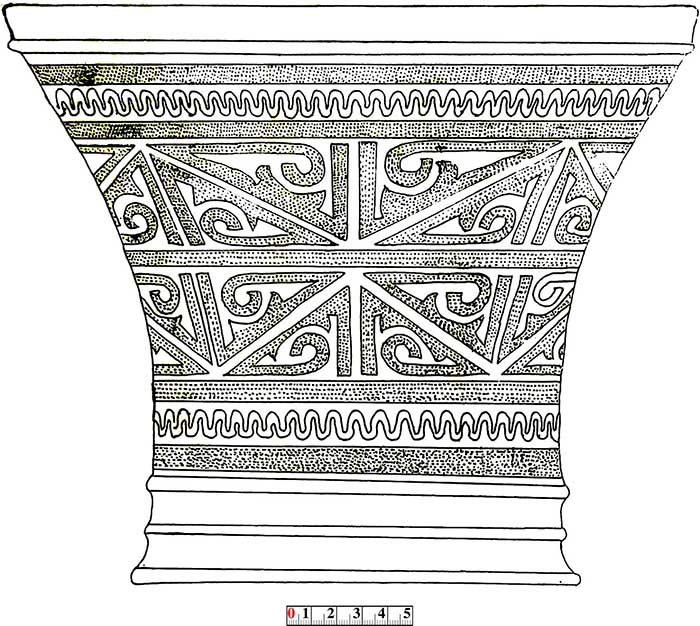 |
Snake patterns on bowls used to hold water for offerings in the Phung Nguyen Culture. |
The Vietnamese have a saying, "Water is the most important thing, followed by fertilizer," highlighting the importance of water to rice cultivation. However, the Vietnamese also have a saying, "Water, fire, bandits, and thieves," which illustrates the extent of disasters caused by water.
From a deep reverence and awe for the power of rivers and water, the Vietnamese people revere and worship river and water deities, whose earliest manifestation is the water snake of rivers and lakes, whose body curves in a manner similar to the shape of the river, the movement of the waves, and the lightning bolts during a rainstorm. The ancestors of the Vietnamese people referred to this river and water deity using the very word for river or water. Linguistics has shown that the word "rồng" (dragon) in Vietnamese, as well as the word "long" in Sino-Vietnamese, both originate from the word referring to the river klông or krông in the ancient Bai Yue language, which is still found in the names of some rivers in the Central Highlands such as Krông Pắc, Krông Nô, Krông Ana… Meanwhile, the word for dragon (neak) in Khmer and (ngượk) in Thai originate from another word referring to a river or body of water in the ancient Bai Yue language, related to the word "nước" (water) in Vietnamese, the word "Đác" in the names of some rivers and lakes in Central and Central Highlands regions such as the Đắc Krông River (Quảng Trị), Lake Lắk (Đắk Lắk), Đăk Bla ( Kon Tum )…
Wishing to receive more love, protection, and blessings from the river and water deities, ancient Vietnamese people regarded these deities as their ancestors, believing they could communicate with them through worship rituals.
For generations, the Vietnamese people have preserved the legend of their origins, known as the Hong Bang clan, meaning they are descendants of the Bird and Dragon lineage, with their closest ancestor being Lac Long Quan, also known as Lac Long Quan, or the Dragon King of the Lac Viet people.
The earliest dragon symbol in Vietnamese culture is the serpentine serpent depicted on pottery found in Xóm Rền, Phú Thọ , an early site of the Phùng Nguyên Neolithic culture, dating from 2000-1400 BC. Archaeologists often call it "worm pattern," but it should more accurately be called a "serpentine pattern" because it depicts a serpentine serpent crawling or swimming, a symbol of rivers, water, and endless life.
The people of the Phung Nguyen culture were primarily those living in riverine areas, on the water, depending on the water, and worshipping the water snake as a totem. They were the first to use the word "water" or "land" to refer to the place where they were born, raised, cherished, and protected.
The Dong Son period, also known as the Hung Vuong - An Duong Vuong - Trung Sisters era (7th century BC - 1st century AD), was a time of significant population changes and social stratification, and also witnessed the diversity of dragon totem symbols.
During the time of the Hung Kings (7th - 3rd centuries BC), dragons and snakes were the totems and symbols of the Hung Kings.
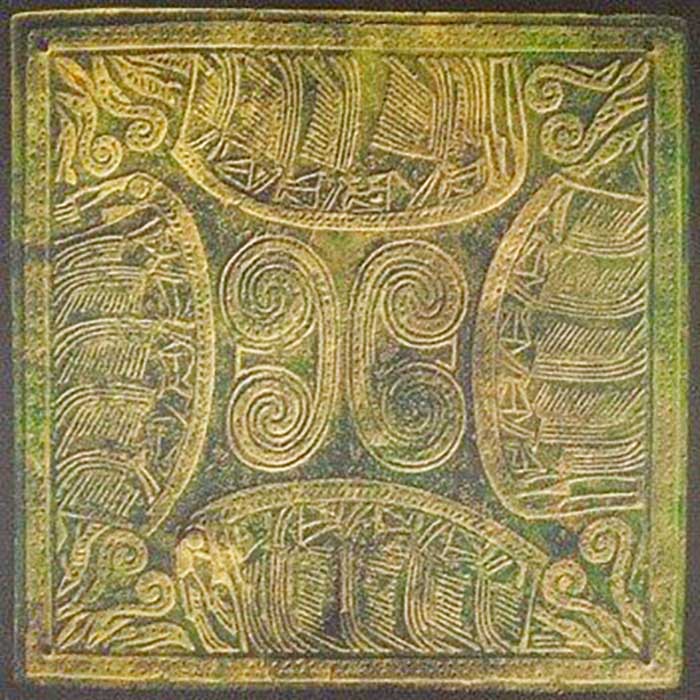 |
The stylized turtle figure in the center of the bronze plate affixed to the attire of Dong Son nobility later transformed into the omega-shaped horns on the heads of dragons during the Ly Dynasty. |
Currently, we only have indirect evidence of dragon-snake symbolism during the time of the Hung Kings. This is evidenced by the prominence of the snake symbol in the Dian culture of Yunnan, particularly the image of two snakes coiled on a ceremonial pole for a good harvest and the image of a snake coiled on the golden seal of the Dian king. Archaeological evidence suggests that the Dian culture was a sister culture to the Dong Son culture. Ethnographic evidence also indicates that the Dian Viet people were essentially a group of Lac Viet.
During the reign of Thuc Phan - An Duong Vuong (257 - 179 BC), the concrete embodiment of the dragon was the turtle, serving as a totem, symbol, and guardian deity for the Au Lac royal family. Evidence includes the real and stylized turtle images on belt buckles and the bronze amulets attached to the clothing of Dong Son nobility; the turtle-shaped houses with convex curved roofs depicted on the Ngoc Lu and Co Loa drums; and especially the legendary Golden Turtle deity that helped An Duong Vuong build the Co Loa citadel - the Turtle Citadel...
On the other hand, on many Dong Son bronze artifacts such as the Hoa Binh drum, the Dao Thinh jar, the Ninh Binh bronze plate, the Thieu Duong axe, etc., we see the dragon-crocodile (giao long) symbol, the totem of some coastal groups. The custom of tattooing dragon images, as told in legends, is mainly associated with these groups. The boat images on the Ngoc Lu drum and the Dao Thinh jar are also in the form of a boat with a dragon-crocodile head and a bird's tail.
Towards the end of the Dong Son period, the village of Vac in the mountainous region of Nghe An became a gathering point for many groups of Dien nobles who had fled from Yunnan. They were the owners of bronze artifacts bearing dragon and snake symbols, evidenced by two short swords with hilts depicting a pair of snakes biting tiger paws and a pair of snakes biting elephant paws, as well as snake-shaped bracelets.
Around that time, the development of elephant taming for hauling timber and fighting in battles led to the spread of elephant totem worship in the mountainous regions of Thanh Hoa and Nghe An. Elephants are water-loving animals that can use their trunks to suck up and spray water like rain, making them a symbol of rivers and water.
From then on, the dragon and elephant symbols appeared on many Dong Son artifacts in this region, such as bells, short swords, and candlesticks. The image of the domesticated elephant also stands out on large Dong Son bronze drums in Indonesia, brought by groups of nobles who migrated from Thanh Hoa and Nghe An across the sea. Elephant and frog statues representing the rain god also appear on the surface of some late bronze drums in the mountainous region of Thanh Hoa, such as the Ngoc Lien and Hoi Xuan drums.
 |
Snake-shaped bracelet from Vạc village. |
During the Dinh and Early Le dynasties, although the Dinh family worshipped the otter as a totem and the Dinh dynasty considered Buddhism the state religion, as emperors of a centralized monarchy, the Dinh and Le kings also created their own dragon symbols for their dynasty and nation, similar to and no less significant than the Northern dragon symbol. Unfortunately, we now lack documentation on the dragon symbols of these two periods.
Nevertheless, we can still surmise that the dragon symbol of the Dinh and Early Le dynasties was a dragon-snake combination. Evidence for this is the two river gods – water snake gods – whose folk names were Ong Dai and Ong Cut, residing along the Ca Lo, Cau, and Thuong rivers. These deities were personified and historicized into the two brothers Truong Hong and Truong Hat. According to legend, they were originally two generals of Trieu Viet Vuong (524-571). When the king died, they committed suicide and became divine beings, continuously assisting Ngo Quyen, Le Hoan, and Ly Thuong Kiet in defeating the Southern Han and Song invaders, thus earning them the title of "Guardian Gods of the Nation." The fact that Ly Thuong Kiet had someone recite the poem "Gods," beginning with the line "The Southern land's mountains and rivers belong to the Southern Emperor," from the temple of the two gods also shows the important national role of these deities...
It is highly likely that these two water snake deities have ancestral connections to the pair of snakes holding elephant or tiger feet in the earlier Dong Son culture, as well as to the pair of divine snakes called Ong Lot or Thanh Xa - Bach Xa in later Vietnamese Mother Goddess religion.
The Ly Dynasty was a period of brilliant development for Dai Viet culture, associated with the revival of many Dong Son traditions. The Ly kings commissioned the casting and distribution of bronze drums, worshipped the Bronze Drum deity as the chief figure in court oath ceremonies, held Mid-Autumn Festivals with dragon boat races and water puppetry, and revived the custom of dragon tattooing...
The Ly Dynasty dragon symbol emerged, following the trends of the time, as a synthesis of dragon symbols from Dai Viet, India, and China. The earliest and most beautiful Ly Dynasty dragon image is found at Phat Tich Pagoda, featuring a crocodile's head, frog's eyes, elephant's trunk, stylized turtle horns, and a snake's body, tongue, and fangs—a synthesis of Dong Son dragon symbols, but with the core essence and spirit of a dragon and snake. From then on, the Ly Dynasty dragon symbol, whether on the architecture of the Imperial Citadel or in village temples and pagodas, served as both a symbol of the royal and divine (Buddhist) power of the Ly Dynasty and a symbol of the strength and beauty of the Dai Viet nation and people, whose capital was Thang Long (ascending dragon).
The dragon symbols of the later Tran and Le dynasties, despite some differences, fundamentally retained the essence and spirit of the dragon-snake symbols of the Ly dynasty.
According to the People's Police Newspaper (online edition)
.
Source





![[Photo] Prime Minister Pham Minh Chinh attends the Conference on the Implementation of Tasks for 2026 of the Industry and Trade Sector](/_next/image?url=https%3A%2F%2Fvphoto.vietnam.vn%2Fthumb%2F1200x675%2Fvietnam%2Fresource%2FIMAGE%2F2025%2F12%2F19%2F1766159500458_ndo_br_shared31-jpg.webp&w=3840&q=75)











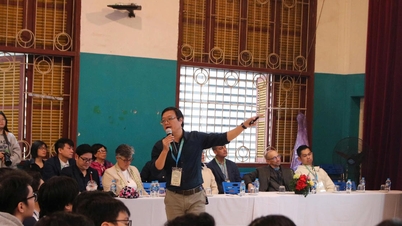

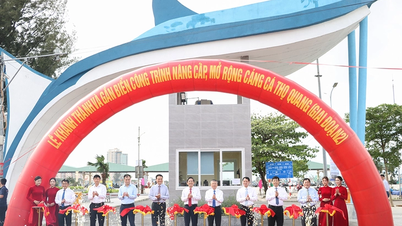







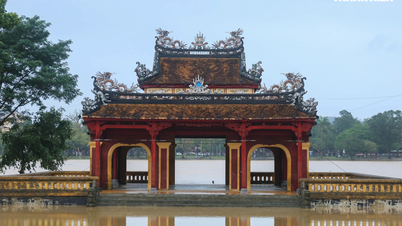







































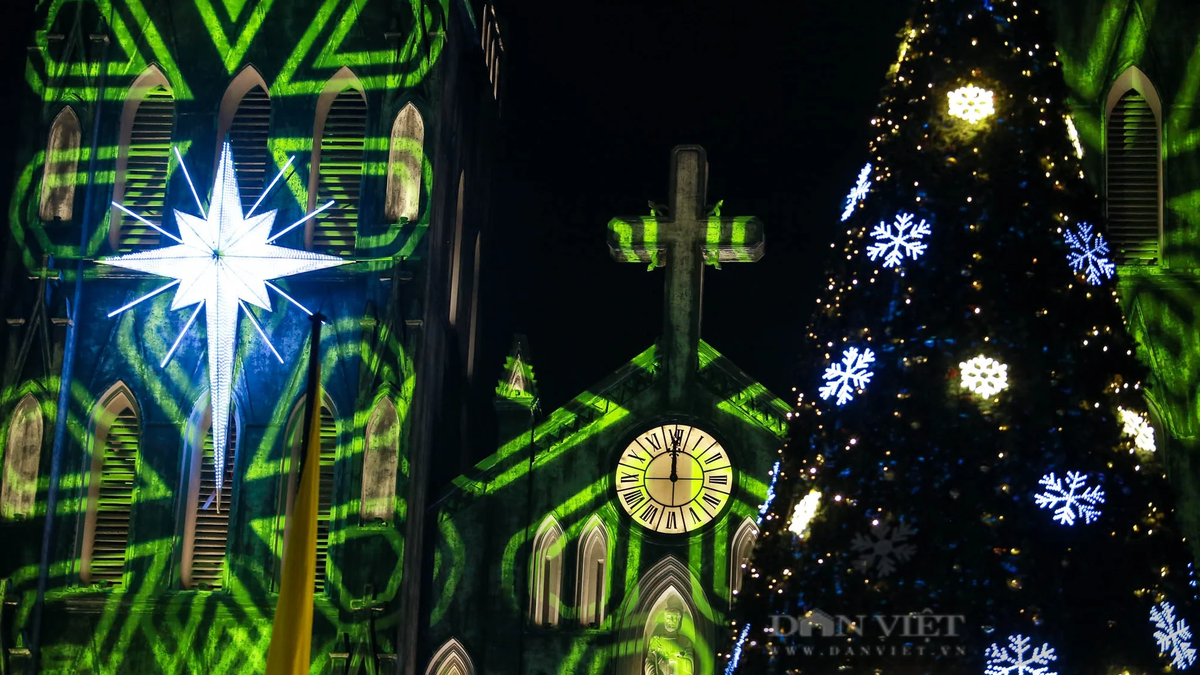



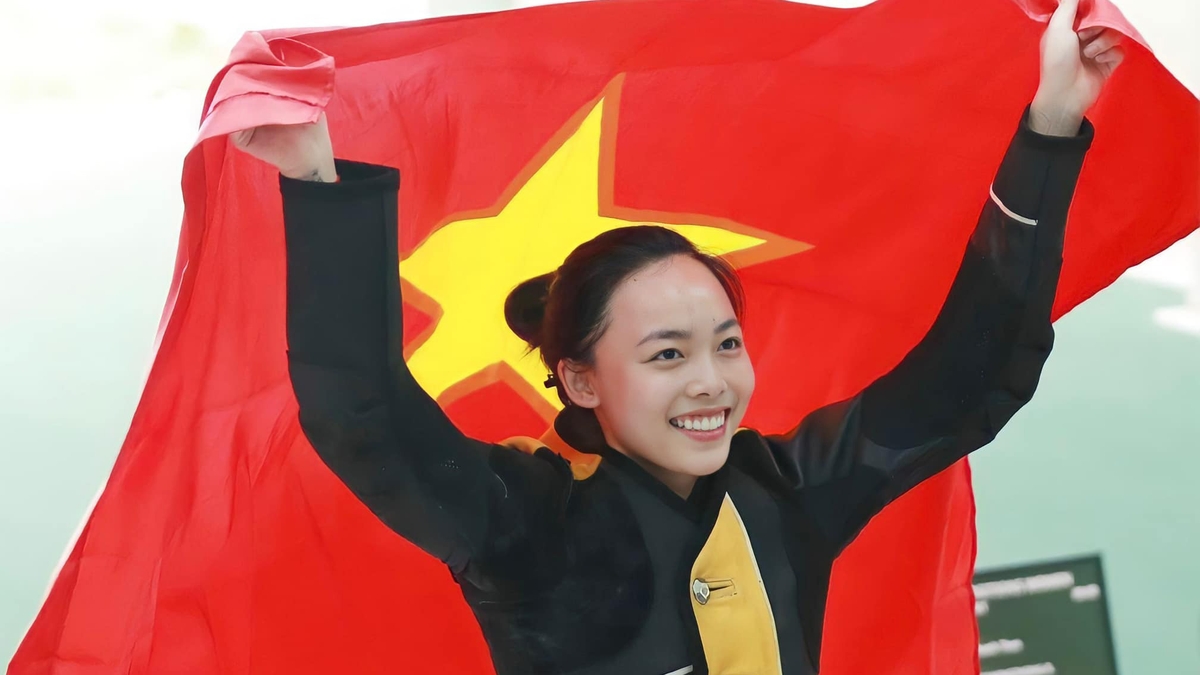




































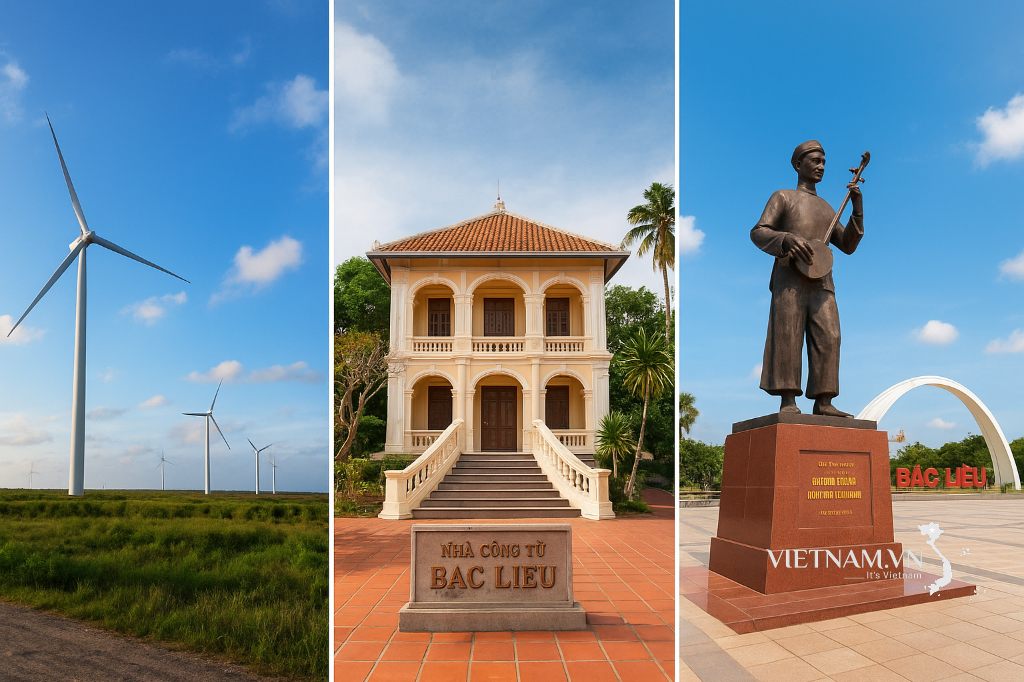
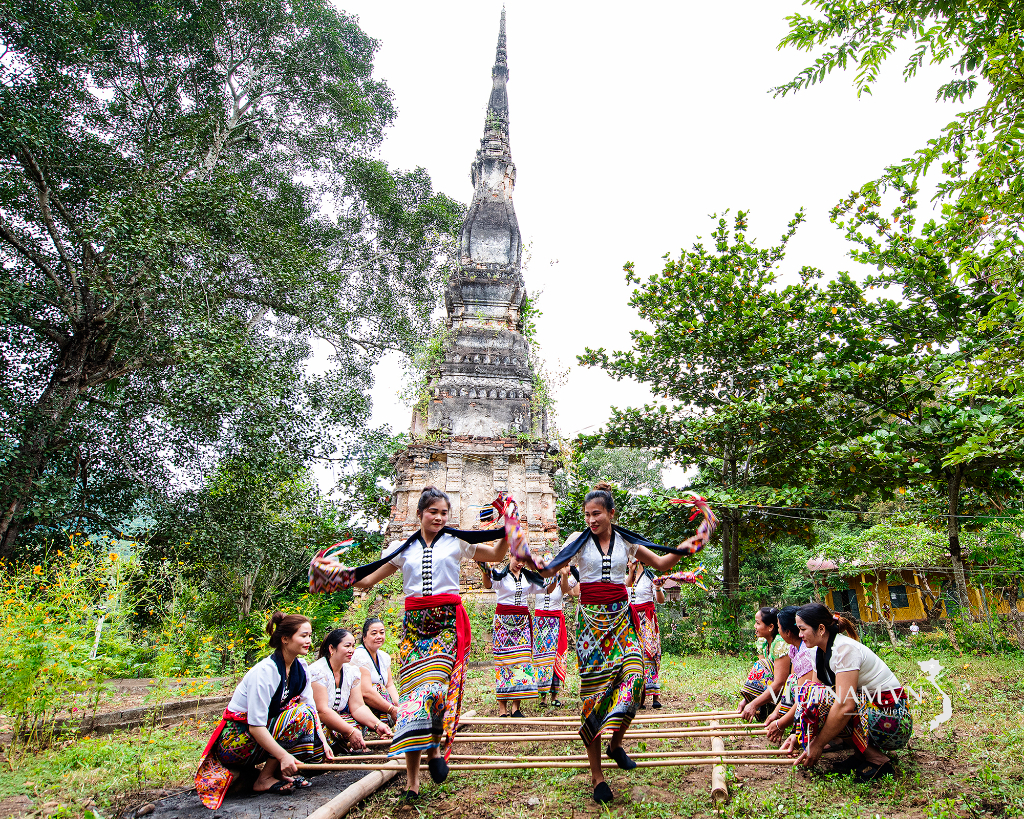

Comment (0)